Does pulse pressure variation predict fluid responsiveness in critically ill patients? A systematic review and meta-analysis
- PMID: 25427970
- PMCID: PMC4258282
- DOI: 10.1186/s13054-014-0650-6
Does pulse pressure variation predict fluid responsiveness in critically ill patients? A systematic review and meta-analysis
Abstract
Introduction: Fluid resuscitation is crucial in managing hemodynamically unstable patients. The last decade witnessed the use of pulse pressure variation (PPV) to predict fluid responsiveness. However, as far as we know, no systematic review and meta-analysis has been carried out to evaluate the value of PPV in predicting fluid responsiveness specifically upon patients admitted into intensive care units.
Methods: We searched MEDLINE and EMBASE and included clinical trials that evaluated the association between PPV and fluid responsiveness after fluid challenge in mechanically ventilated patients in intensive care units. Data were synthesized using an exact binomial rendition of the bivariate mixed-effects regression model modified for synthesis of diagnostic test data.
Result: Twenty-two studies with 807 mechanically ventilated patients with tidal volume more than 8 ml/kg and without spontaneous breathing and cardiac arrhythmia were included, and 465 were responders (58%). The pooled sensitivity was 0.88 (95% confidence interval (CI) 0.81 to 0.92) and pooled specificity was 0.89 (95% CI 0.84 to 0.92). A summary receiver operating characteristic curve yielded an area under the curve of 0.94 (95% CI 0.91 to 0.95). A significant threshold effect was identified.
Conclusions: PPV predicts fluid responsiveness accurately in mechanically ventilated patients with relative large tidal volume and without spontaneous breathing and cardiac arrhythmia.
Figures
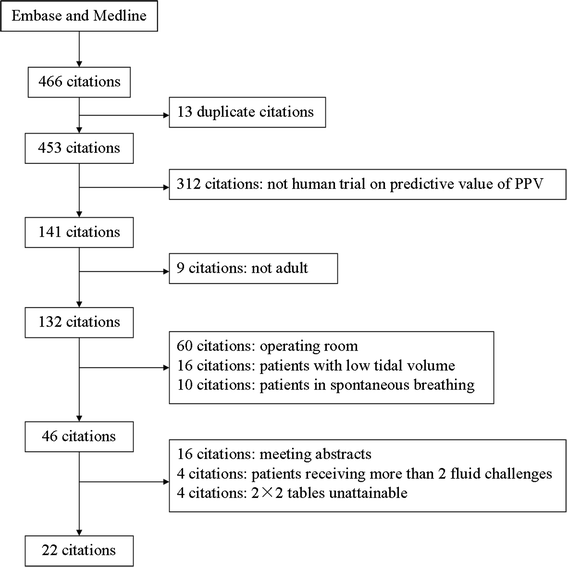
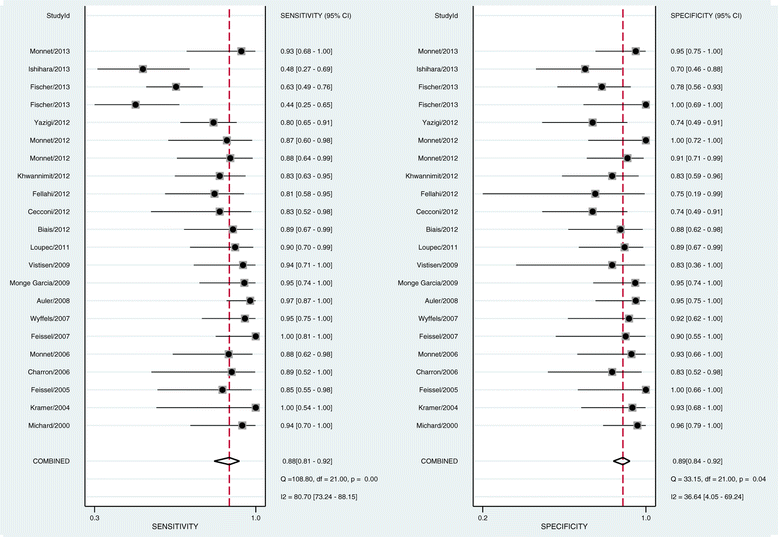
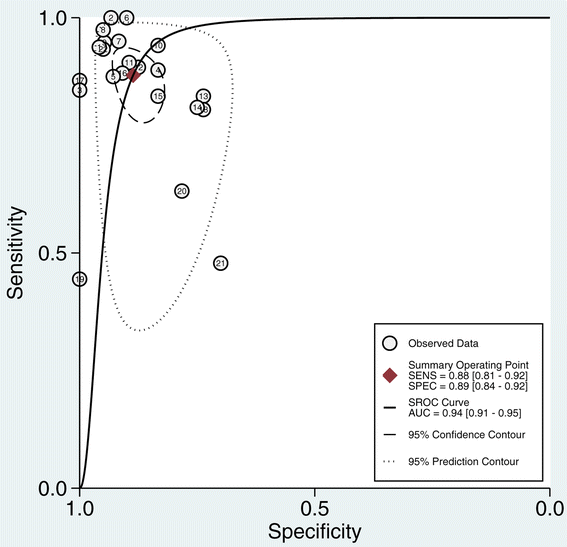
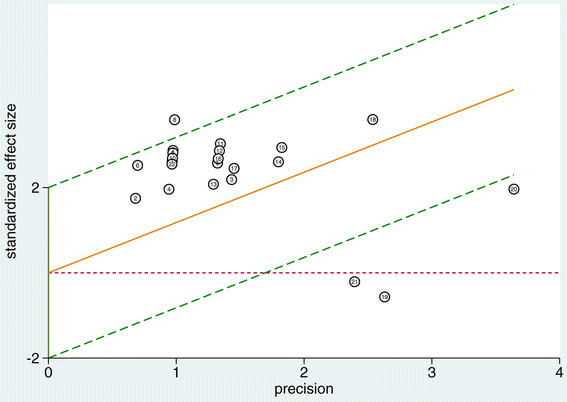
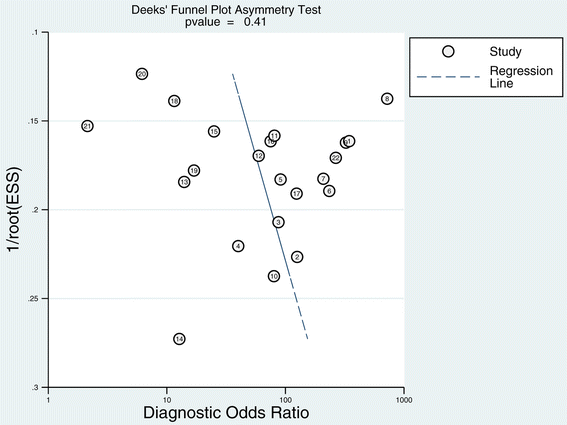
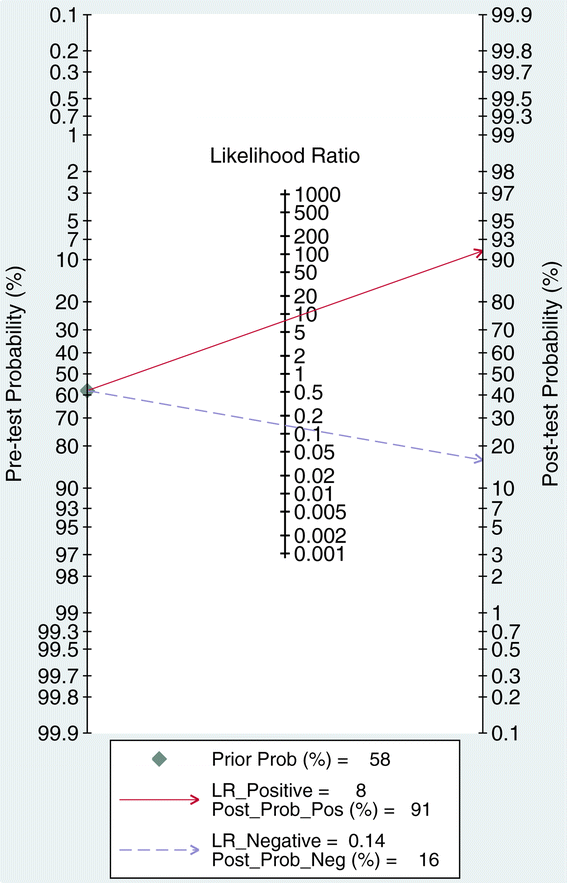
References
-
- Sakr Y, Vincent JL, Reinhart K, Groeneveld J, Michalopoulos A, Sprung CL, Artigas A, Ranieri VM, Sepsis Occurence in Acutely Ill Patients Investigators High tidal volume and positive fluid balance are associated with worse outcome in acute lung injury. Chest. 2005;128:3098–3108. doi: 10.1378/chest.128.5.3098. - DOI - PubMed
Publication types
MeSH terms
LinkOut - more resources
Full Text Sources
Other Literature Sources
Medical

